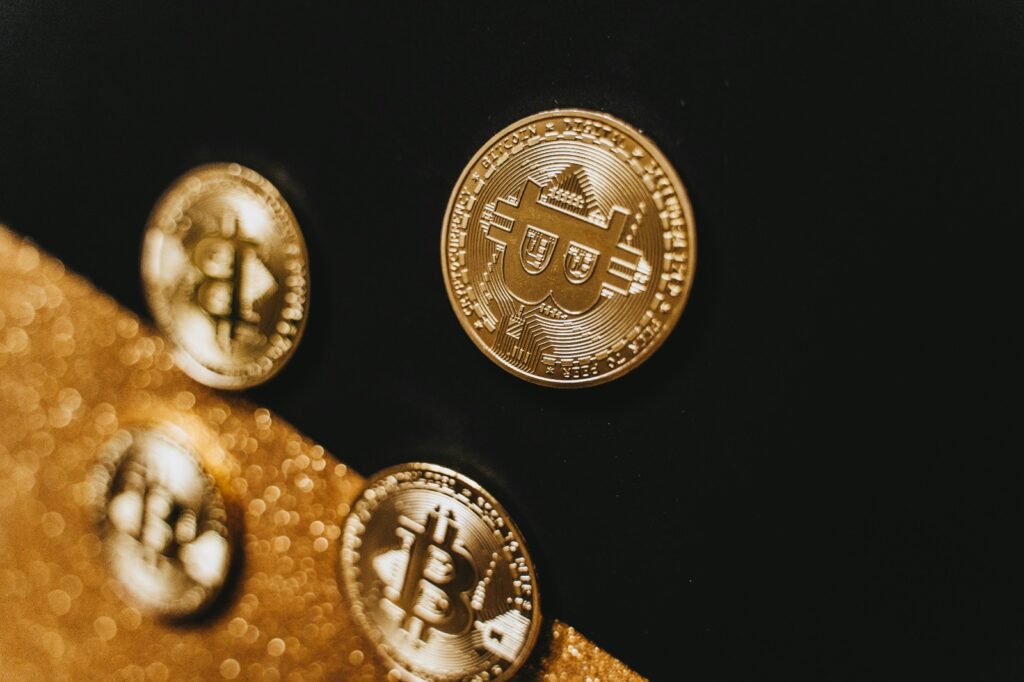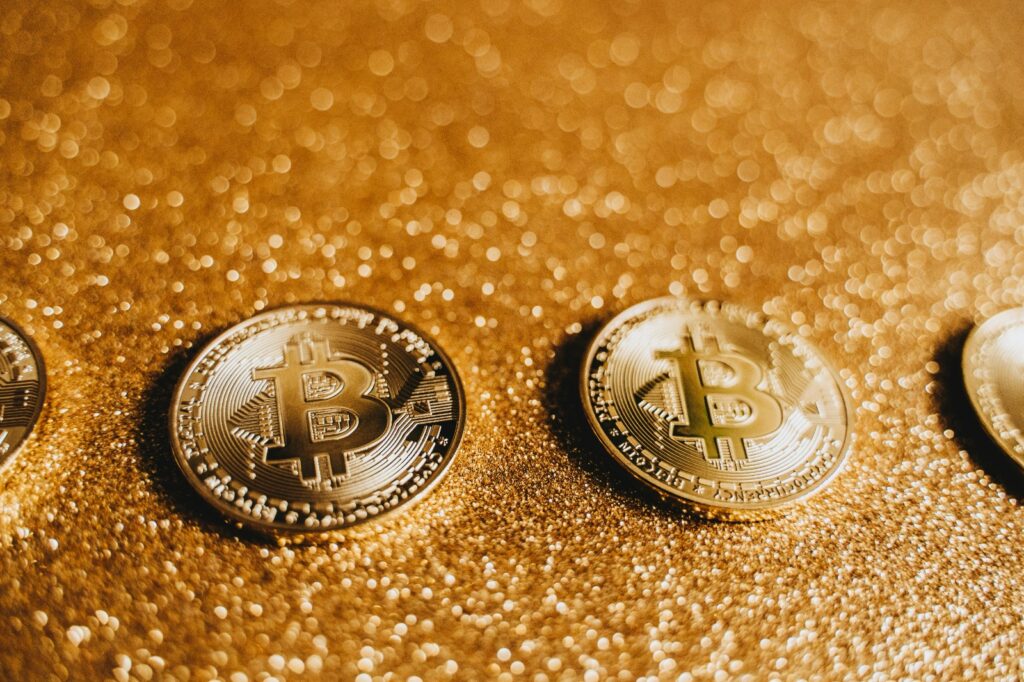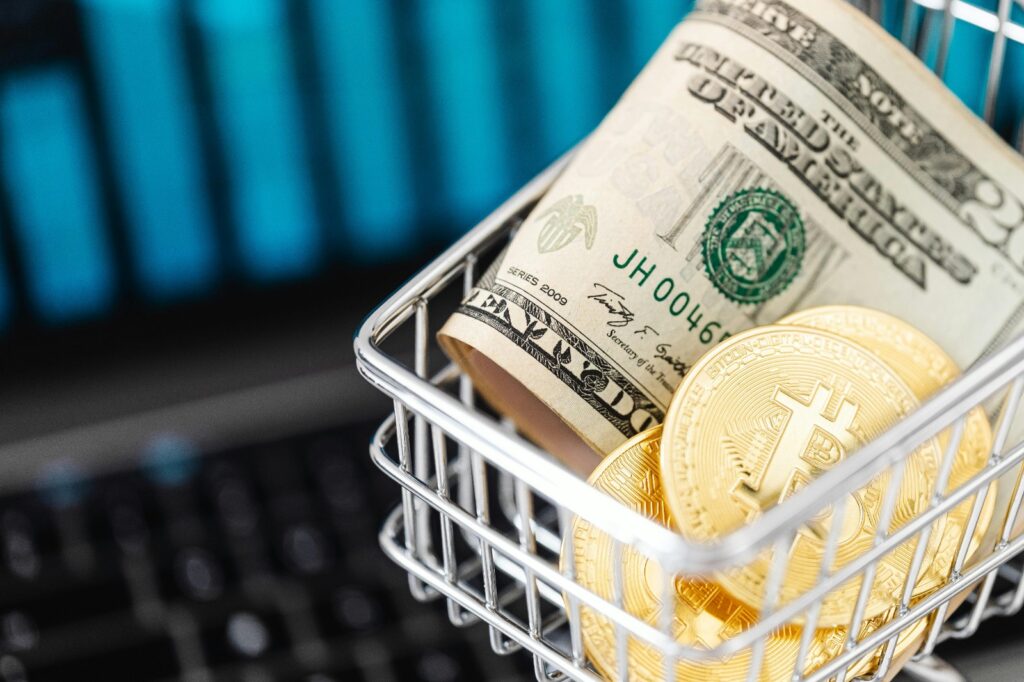Introduction:
The art world is experiencing a digital revolution, and at its forefront are Non-Fungible Tokens (NFTs). These digital assets are transforming how artists create, sell, and own their work. This blog post will take you on a comprehensive exploration of NFTs, their impact on the art world, and how you, as an artist, can leverage this technology to your advantage.

Introduction to NFTs Defining Non-Fungible Tokens and How They Work
Non-Fungible Tokens, or NFTs, are unique digital assets that represent ownership of a specific item or piece of content, often stored on a blockchain. Unlike cryptocurrencies such as Bitcoin or Ethereum, which are fungible and can be exchanged on a one-to-one basis, NFTs are distinct and cannot be replicated or exchanged on an equal footing.
NFTs are created using blockchain technology, which ensures their authenticity and ownership. Each NFT contains metadata that provides details about the asset it represents, including its creator, ownership history, and any associated smart contracts. This level of transparency and security is one of the key factors driving the popularity of NFTs in the art world.
For artists, NFTs offer a new way to monetize their digital creations, ensuring that their work is unique and can be bought, sold, or traded in a secure and verifiable manner.
The Impact of NFTs on the Art World Exploring Opportunities for Artists
NFTs have opened up a world of opportunities for artists, allowing them to reach new audiences and monetize their digital works in ways that were previously unimaginable. Here are some of the key ways NFTs are impacting the art world:
Revenue Generation: NFTs provide artists with a new revenue stream by enabling them to sell digital artworks as unique, collectible items. This is particularly valuable for digital artists who may have struggled to monetize their work through traditional means.
Global Reach: By leveraging blockchain technology, artists can sell their NFTs to collectors around the world, bypassing geographical limitations and traditional gatekeepers in the art industry.
Royalties and Residual Income: Through smart contracts, artists can embed royalties into their NFTs, ensuring that they receive a percentage of sales every time their work is resold. This creates a sustainable source of income and rewards artists for the ongoing value of their creations.
Case Studies Highlighting Successful NFT Art Sales and Creators
Numerous artists have achieved significant success with NFTs, demonstrating the potential of this technology to transform the art market. Here are a few notable examples:
Beeple: Digital artist Mike Winkelmann, known as Beeple, made headlines when his NFT artwork “Everydays The First 5000 Days” sold for $69 million at a Christie’s auction. This sale not only highlighted the financial potential of NFTs but also brought mainstream attention to the digital art medium.
Pak: The anonymous digital artist Pak is known for creating innovative NFT projects that push the boundaries of the medium. In April 2021, Pak’s “The Fungible” collection sold for over $16 million on Nifty Gateway, showcasing the demand for unique, high-quality digital art.
Grimes: Musician and visual artist Grimes has also embraced NFTs, releasing a collection of digital artworks titled “WarNymph” that generated over $6 million in sales. This demonstrates how artists from various disciplines can leverage NFTs to reach new audiences and monetize their work.

Challenges and Controversies Discussing Environmental Concerns and Copyright Issues
While NFTs offer numerous benefits for artists, they also come with their share of challenges and controversies. Here are two key concerns that have been widely discussed:
Environmental Impact: The energy consumption associated with blockchain technology has raised concerns about the environmental impact of NFTs. The process of minting and trading NFTs requires significant computational power, leading to a high carbon footprint. Some artists and platforms are exploring more sustainable blockchain solutions to address this issue.
Copyright and Ownership: The decentralized nature of NFTs can complicate intellectual property rights and ownership claims. Artists must be vigilant about protecting their work and ensuring that their NFTs are accurately represented and sold. Additionally, the ease of creating and selling NFTs has led to instances of art theft and unauthorized sales, underscoring the need for robust verification processes.
How Artists Can Get Started with NFTs Practical Tips and Platforms
If you’re an artist interested in exploring NFTs, here are some practical steps to help you get started:
Choose a Platform: Several platforms cater to artists looking to mint and sell NFTs. Popular options include OpenSea, Rarible, and Foundation. Research each platform’s features, fees, and community to find the best fit for your needs.
Create Your Digital Wallet: To mint and trade NFTs, you’ll need a digital wallet compatible with the Ethereum blockchain (or other blockchain networks depending on your chosen platform). MetaMask is a widely used option that integrates seamlessly with most NFT platforms.
Mint Your NFTs: Once you’ve set up your wallet and chosen a platform, you can start minting your NFTs. This process involves uploading your digital artwork, adding metadata, and setting the terms of your smart contract (such as royalties).
Promote Your Work: Leverage social media and online communities to promote your NFT artworks. Engage with potential buyers and collectors, and showcase the unique qualities of your creations to attract interest.
The Future of NFTs in the Art Industry Predictions and Possibilities
The future of NFTs in the art industry is full of exciting possibilities. Here are some predictions and trends to watch:
Mainstream Adoption: As more artists, collectors, and institutions recognize the value of NFTs, we can expect to see wider adoption and integration into the traditional art market. Major galleries, auction houses, and museums may start incorporating NFTs into their offerings, bridging the gap between digital and physical art.
Innovative Collaborations: NFTs open the door for innovative collaborations between artists, technologists, and brands. We may see more cross-disciplinary projects that leverage the unique capabilities of NFTs to create immersive and interactive experiences.
Enhanced Art Experiences: The use of augmented reality (AR) and virtual reality (VR) technologies in conjunction with NFTs could revolutionize how we experience and interact with art. Virtual galleries, interactive installations, and immersive storytelling are just a few possibilities.

Conclusion Recap of Key Points
In conclusion, NFTs represent a groundbreaking development in the art world, offering artists new ways to monetize their work, reach global audiences, and participate in a thriving digital economy. While challenges and controversies exist, the potential benefits of NFTs are undeniable.
By understanding the fundamentals of NFTs, exploring their impact on the art industry, and following practical steps to get started, artists can harness the power of this technology to enhance their creative practice and achieve greater financial success.
For those ready to take the plunge into the world of NFTs, now is the perfect time to start exploring and experimenting. The digital canvas is vast, and the possibilities are endless.
FAQs
What are NFTs?
NFTs, or Non-Fungible Tokens, are unique digital assets that represent ownership of a specific item or piece of content, often stored on a blockchain.
How do NFTs benefit artists?
NFTs provide artists with new revenue streams, global reach, and the ability to embed royalties into their works, ensuring ongoing income from resales.
What are the environmental concerns related to NFTs?
The energy consumption of blockchain technology used in NFTs has raised concerns about their environmental impact. Efforts are being made to develop more sustainable solutions.
How can I start creating and selling NFTs?
Choose a platform, set up a digital wallet, mint your NFTs, and promote your work through social media and online communities.
What is the future of NFTs in the art industry?
The future of NFTs includes mainstream adoption, innovative collaborations, and enhanced art experiences through technologies like AR and VR.
